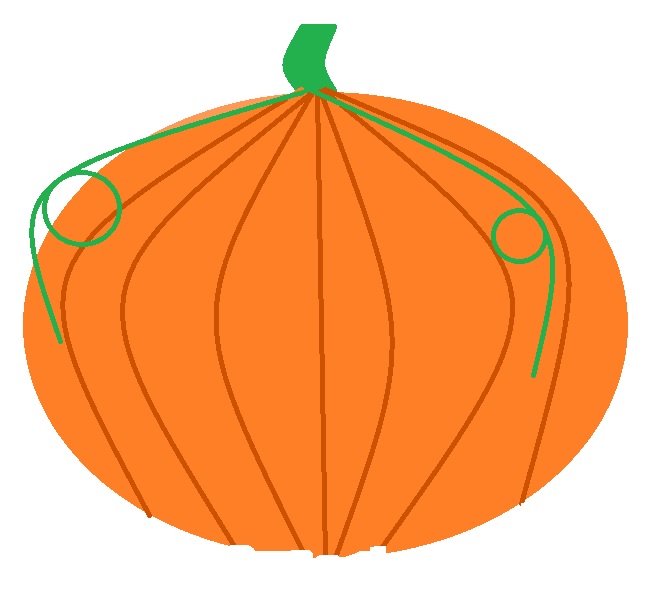An acrostic poem is created by writing a word vertically, and then writing, not necessarily rhymed, about the vertically-written word (at least, traditionally) for example:
Open the door,
Chilly winds blow;
The sky grows darker earlier.
Over the breeze comes the smell of spice.
Bundling up in sweaters to keep off the chill;
Every leaf is a different color.
Remembering Autumns past.
© Stacey Uffelman 10/19/15
I tend to have a less traditional take on acrostics. I will write out a word or phrase vertically, and then write whatever comes to mind as I go down the letters.
Oh, Lord,
Come what may, help me to remember
To place You
Over all else,
Because only You can give someone
Everlasting life in Heaven, and
Remove the guilt of past sin.
© Stacey Uffelman 10/19/15
A third way that an acrostic can be written is by using each letter of the word or phrase that is written vertically as the beginning of an entire stanza.
Oh Lord, come what may
whether it be good or bad,
I still give You thanks.
‘Cause You have never
failed me or forsaken me
whatever has come.
The storms, they can rage
always You have kept me safe
and free from all harm.
Over the rough seas
You have directed my bark
all the way to shore.
Beaten down? Maybe;
but with You, I’m never out
You give victory.
Enemies may try
the very worst that they can
but they will not win.
Ruler of all things?
That is You and You alone;
my Lord and my strength.
©Stacey Uffelman 10-19-15
That last one was written both with the first letter of the word beginning each stanza, as well as “disregarding” the rest of the poem being about the vertically written word. If an acrostic is done the last way, the poet can certainly stick to writing about the vertically written word — or not. 😉
And there, you have a couple of different ways to write what is known as an “acrostic” poem. Go ahead and give one of the ways a try–you may very well find it a fun challenge to try all of them !







Leave a Reply